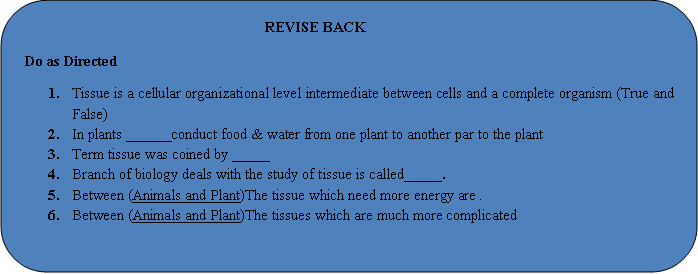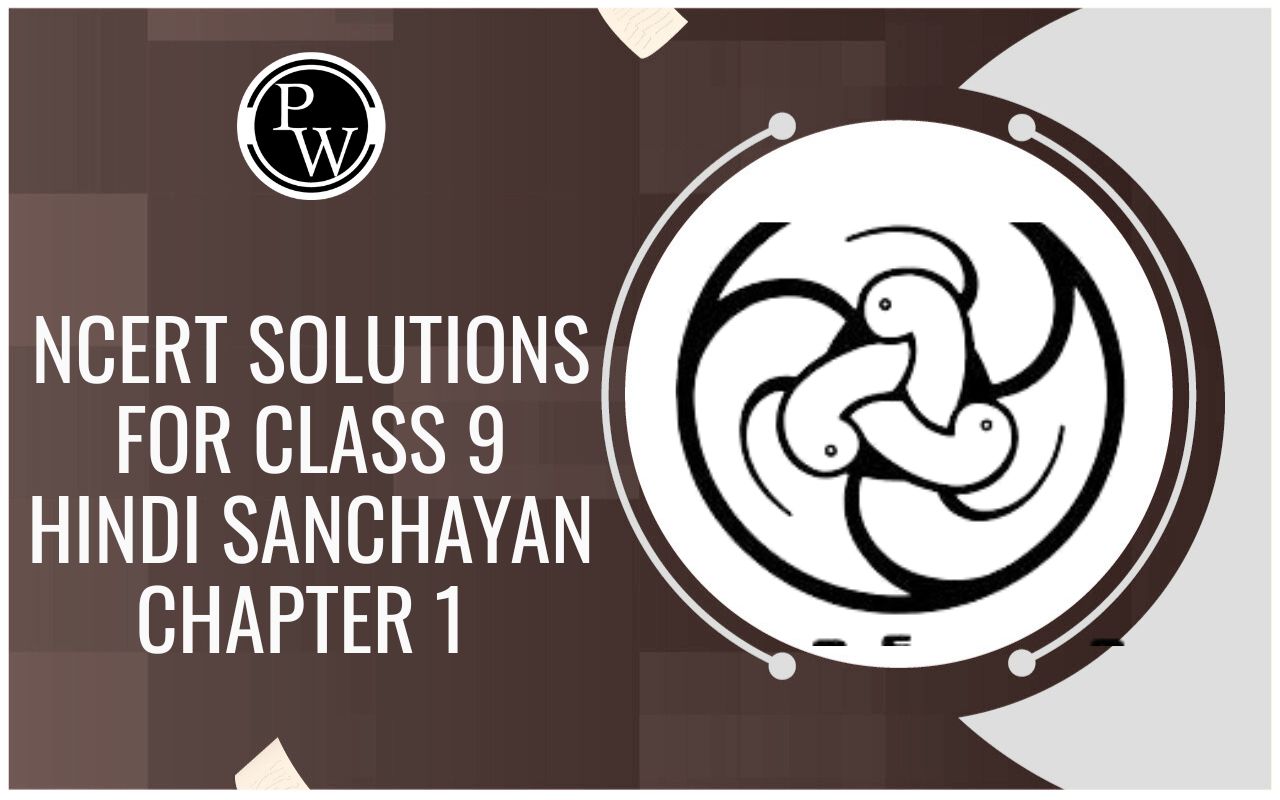
About Tissue
Tissue of Class 9
Tissue is a cellular organizational level intermediate between cells and a complete organism. A tissue is an ensemble of similar cells from the same origin that together carry out a specific function. Organs are then formed by the functional grouping together of multiple tissues.
The study of internal structure of plants /animal called anatomy includes histology; that is organization and structure of tissue. Different type of tissue have different physical properties. Tissues may be hard (bone), soft (muscle) of liquid (blood). In this chapter we will learn different type of tissue present in plant and animal and their structural details.
- In unicellular organisms a single cell performs all the vital activities for example, digestion, respiration, excretion etc.
- In case of Multicellular organisms specialized functions are performed by a different groups of cells. As blood flows for transportation of O 2 , CO 2 , food hormones & waste material, muscle cells are involved in movement etc.
- In plants vascular tissue conduct food & water from one plant to another par to the plant Thus Multicellular organisms possess well-developed division of provide highest possible efficiency or particular function.
- A tissue is defined as a group of cells with similar structure, organized to do a common function.
- Term tissue was coined by Bichat.
- As plants are fixed or stationary, most of their tissues are of supportive type. Animals move around in search of food, mate & shelter so they consume more energy as compared to plants.
- Plants have some localized regions with special tissue but there are no such distinct regions in animals. Growth in animals remains uniform. Branch of biology deals with the study of tissue is called Histology. NCERT solutions for class 9 Science prepared by pw will help you to solve your NCERT text book exercise.
DIFFERENCES BETWEEN THE TISSUES OF PLANTS AND ANIMALS:
| S.No. | Plant tissues | Animal tissues |
| 1. | Most of the plants remain fixed at one place (sedentary) and need less energy. Therefore the tissues are thick – walled and dead to provide mechanical support. E.g., Sclerenchyma. |
Animals show active locomotion and hence need more energy. Therefore the tissues are made up of living cells.
E.g. – Nervous tissue. |
| 2. | Growth in plants is indefinite and limited to certain regions. Certain tissues (meristematic) in root and shoot apex divide throughout life and add new cells. These cells differentiate and stop dividing to form permanent tissues. | Growth in animals is definite and not limited. In other words, they do not possess dividing and non-dividing tissues. The animal organs grow more or less uniform. |
| 3. | Plant tissues are not much complicated. | Animal tissues are much more complicated. |
A multicellular organism (plants and animals) develops from single ‘initial cell’ which undergoes repeated cell division. The large number of cells so formed undergoes cellular differentiation (a process of qualitative changes in the cells to perform different functions in the living organisms). Cell division and differentiation leads to the development of specific organs, each, consisting of specific groups of cells to perform specific functions in the body. With the increase in complexity of organisms, the level of organization also becomes complex.











